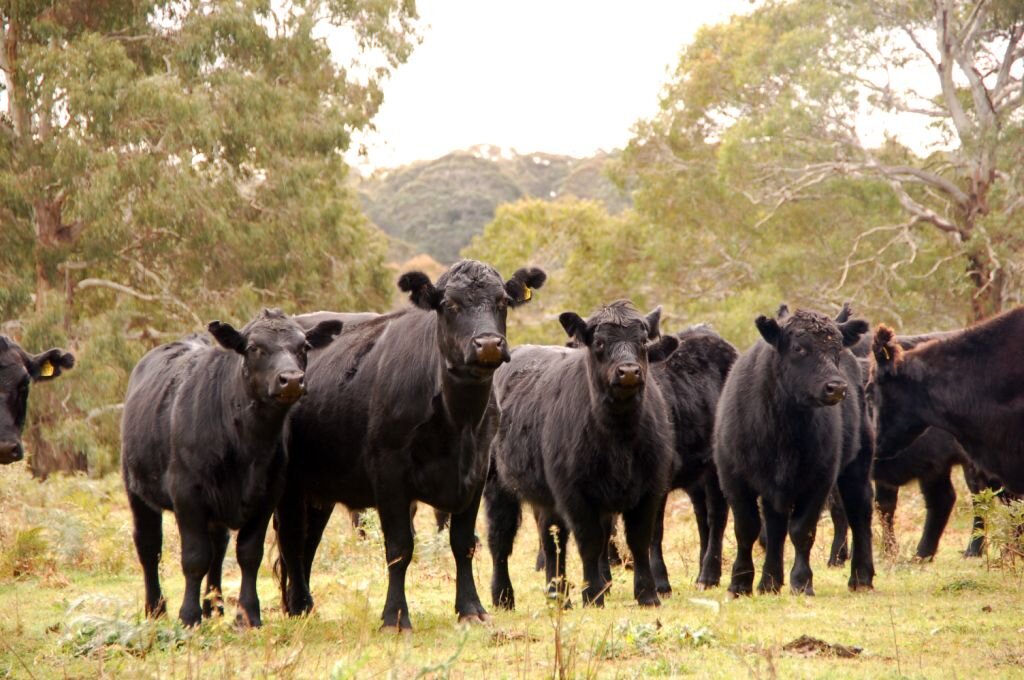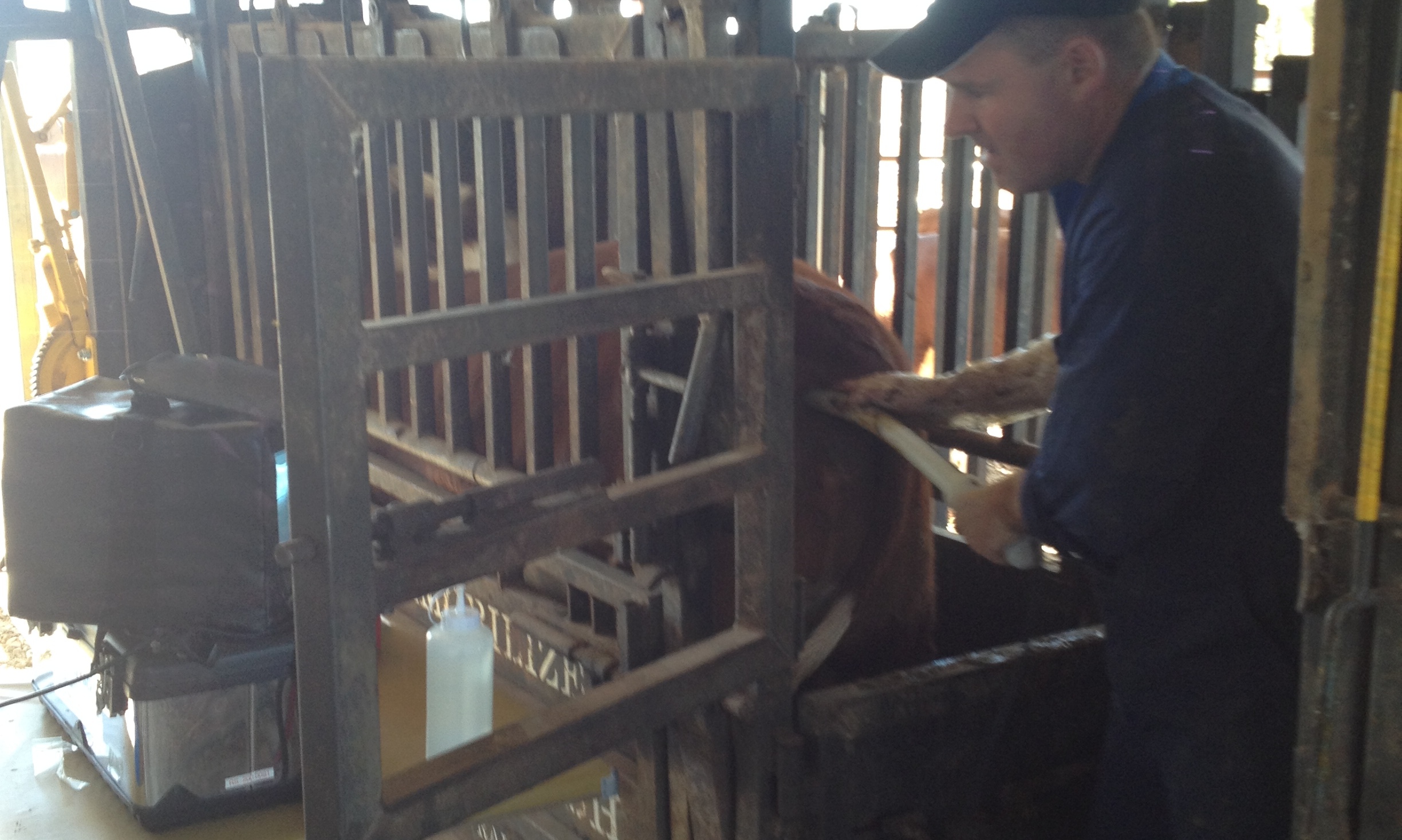Fat scoring is one of the most valuable skills you can learn as a producer. The fatness of your cattle determines not just their suitability to market specifications. Within a breed herd, fatness is a key indicator on the herds ability to meet key production goals such as joining, calving and weaning.
There are six fat scores used to describe the level of fat on an animal. These scores are based on the depth of fat between the animals hide and the muscle or bone beneath the skin. Fatness is assessed at both the 12th rib of the animal and at the P8 site.
The P8 site is quite a specific point, and many producers often ask me where it actually is on an animal. If you draw a line from the high bone of the animal – the third sacral vertebrae down until it intersects with a line drawn at right angles from the pin bone, that is where you find the P8 site.
When most people think of using fat scores, its often in terms of deciding if cattle have sufficient fat for market requirements.
However in a breeding herd, fat scores are also a really useful tool. In the first instance, fat score at calving time will influence how long it will take a cow to recommence cycling after calving. The higher the fat score, the more likely it will be that the cow will return to oestrus within the minimum time frame to achieve a calf every year.
We know that it normally takes a Fat Score 3 cow about 50 days to return to oestrus. Where as a cow that is Fat Score 2 will take another 20 days. So when you do the maths of pregnancy at 282 days, plus a period to return to oestrus, you’ll work out you don’t have a big window of opportunity to have fat Score 2 cows successfully delivering a calf every 12 months.
In practical terms, fat scoring is a useful way to draft your cattle into management groups. I actually think your cow management groups need to be constantly reviewed. If you can draft your cows into groups based on size, weight and fat score, you will be better positioned to efficiently meet their feed requirements.
Drafting cows into groups based on these factors, means you will have the opportunity to adjust nutrition to lower fat score animals if you need to with the use of supplements. Or if you are planning on selling a group of cattle, these can often be the easiest and most readily identified group of cattle to sell.
I reckon its also important to recognize that as Fat Scores drop, you have to be prepared to action some immediate strategies to prevent significant weight loss and to avoid compromising animal welfare. Once your animals approach a Fat Score 2 level, they are starting to metabolise body reserves of muscle and are losing weight.
If you can recognize this in your cows you can move to correct their nutrition, or make decisions about decreasing stock numbers before weight loss becomes significant.
Once a beef animal falls into the category of Fat Score 1, they are considered to be AT RISK from a welfare perspective. This means you have to commence a program of management to address their condition through feeding programs. You would be looking at ensuring calves are weaned off – to allow the cow to use all the energy she consumes for herself and not have to produce milk.
Calves should be weaned onto a ration that allows them to grow correctly and without setbacks that are lily if there was no intervention.
Cows that are AT RISK (Fat Score 1) should be drafted into a separate group and managed so that all animals are able to achieve their daily intake requirements. This also means it will be easier to monitor these animals as a group and provide other treatments if required such as parasite controls.
Over the last few weeks as drought conditions extend further across NSW, I’ve been visiting a number of farms to help draft cows into groups ad develop specific management strategies for these groups.
One of the key things I’ve learnt is that producers have been looking at their cows for so long, they don’t notice the variation in the herd, until we’ve drafted them up. Once they are drafted and plans set in place, its rewarding to see the pressure ease on producers and a clear plan of action taking place.
So if you are unsure about how you can use fat scores properly, or you’ve been looking at your cows for too long, perhaps its time to as for some help. I’m more than happy to come out and work a plan out with you and draft the cows into groups with you. Don’t forget I’m only a phone call away!




































